The theremin, one of the earliest electronic musical instruments, remains a fascinating device that responds to the proximity of the player's hands without physical contact. At the heart of its operation lies the antenna capacitance system, which detects the subtle changes in electromagnetic fields caused by hand movements. While modern theremins are finely calibrated for precision, some players and experimenters engage in what can be described as "manual intervention" of the antenna capacitance—altering its behavior through unconventional, hands-on approaches. This practice, though not widely documented, reveals intriguing possibilities for sound manipulation and artistic expression.
The Science Behind Theremin Antenna Capacitance
To understand manual intervention, one must first grasp how the theremin's antenna system functions. The instrument typically features two antennas: one for pitch control and another for volume. Each antenna forms part of an LC oscillator circuit, where the capacitance between the antenna and the player's hand influences the frequency of oscillation. As a hand moves closer to the antenna, the capacitance increases, shifting the oscillator's frequency. This change is translated into musical pitch or volume adjustments. The system is highly sensitive, designed to respond to even the slightest movements with precision.
However, the relationship between the antenna and the player's hand isn't purely a matter of distance. The capacitance is also affected by the size, shape, and conductivity of the intervening object—in this case, the human hand. This opens the door to creative interventions where players deliberately alter these variables to produce unexpected sonic results. Some experimenters have found that by changing the orientation of their hands, using multiple fingers, or even introducing conductive materials, they can achieve effects beyond the theremin's standard range.
Hand Techniques and Unconventional Approaches
Traditional theremin playing emphasizes smooth, controlled hand movements to produce clean, melodic lines. Yet, a subset of players embraces a more physical interaction with the antennas. For instance, rapidly fluttering fingers near the pitch antenna can create a vibrato effect far more pronounced than what's achievable through standard technique. Others have explored the use of partial hand occlusion—covering only portions of the hand with conductive foil or wearing metallic rings—to create discontinuous capacitance changes that result in stepped pitch shifts rather than smooth glissandos.
More radical interventions involve direct contact with the antenna, despite this being contrary to the theremin's fundamental design. Some experimental musicians briefly touch or grasp the antenna during performance, causing sudden capacitance spikes that produce dramatic pitch drops or volume cuts. While purists might view this as improper technique, it has become a signature move for certain avant-garde performers seeking to push the instrument beyond its conventional boundaries. The resulting sounds often resemble electronic glitches or synthetic percussive effects, expanding the theremin's palette into noise music territory.
Modifications and External Influences
Beyond hand techniques, some players physically modify their theremins to facilitate capacitance manipulation. Adding extensions to the antennas or installing multiple auxiliary antennas allows for more complex interaction patterns. One documented approach involves wrapping the pitch antenna with conductive mesh that can be selectively covered or uncovered during play, effectively creating a "capacitance filter" that alters the sensitivity curve. Others have experimented with placing large conductive objects near the theremin—metal plates, bowls of water, or even other people—to establish secondary capacitance fields that interact with the player's movements.
Environmental factors also play a role in these interventions. Humidity levels, nearby electrical equipment, and even the player's clothing can influence the capacitance system. Some performers deliberately exploit these variables, performing in spaces with fluctuating electromagnetic fields or wearing specially designed conductive costumes that extend their body's influence on the antennas. These approaches transform the theremin from a standalone instrument into an interactive system deeply connected to its physical surroundings.
Artistic Implications and Technical Challenges
The artistic potential of manual capacitance intervention is vast, enabling sounds that range from subtle textural variations to extreme sonic disruptions. Composers working with experimental electronics have incorporated these techniques to create works that explore the physicality of electronic music performance. The tactile nature of these interventions also makes the theremin more visually engaging in live settings, as the audience can clearly see the relationship between physical actions and sonic outcomes.
However, these practices come with technical challenges. Frequent or aggressive handling of the antennas can disrupt calibration, requiring readjustment between performances. Some interventions may introduce unwanted noise or instability in the oscillator circuits. There's also the risk of electrical shock, particularly with older or modified instruments where safety standards might be compromised. Despite these issues, the community of hands-on theremin experimenters continues to grow, sharing techniques through workshops and online forums.
The Future of Physical Interaction
As electronic music instruments become increasingly touchscreen-based and virtual, the theremin stands out for its unique physical interface. The growing interest in manual capacitance intervention suggests a desire among musicians for more tangible, embodied interactions with electronic sound generation. Some manufacturers have begun responding to this trend by designing theremins with enhanced sensitivity controls or modular antenna systems that encourage experimentation.
This hands-on approach to the theremin's capacitance system represents more than just a collection of performance tricks—it's a philosophical stance on electronic instrument design. By embracing the imperfections and unpredictability of physical interaction, these players are redefining what it means to "play" an electronic instrument. Their work serves as a reminder that even in an age of digital precision, there's artistic value in the messy, human elements of musical performance.
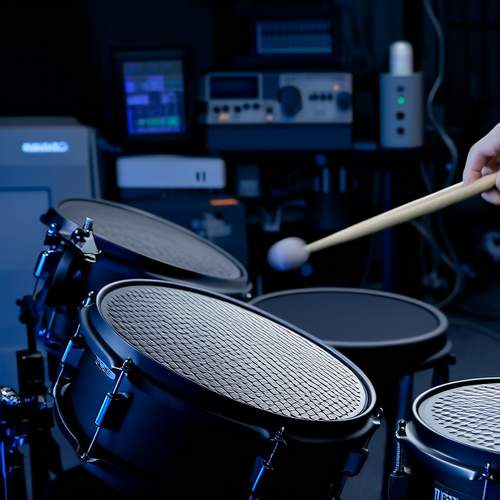
By /May 30, 2025
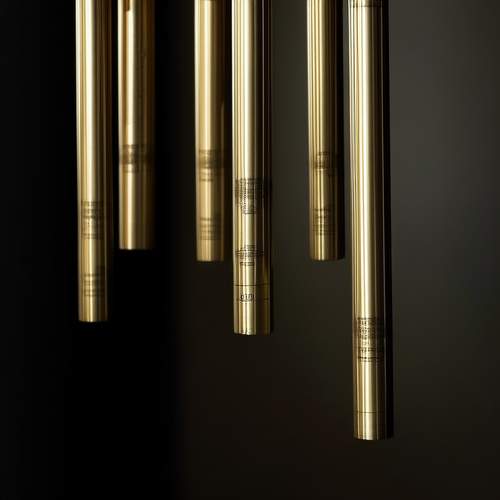
By /May 30, 2025
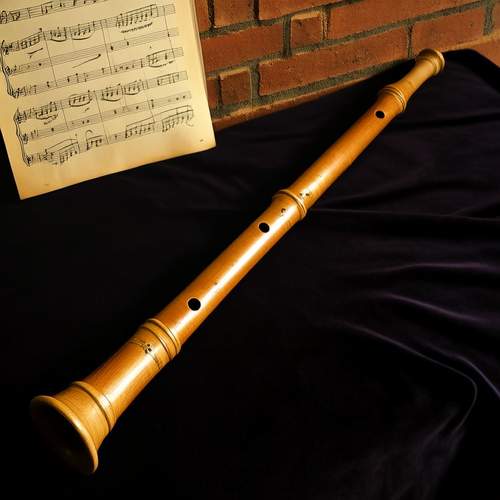
By /May 30, 2025
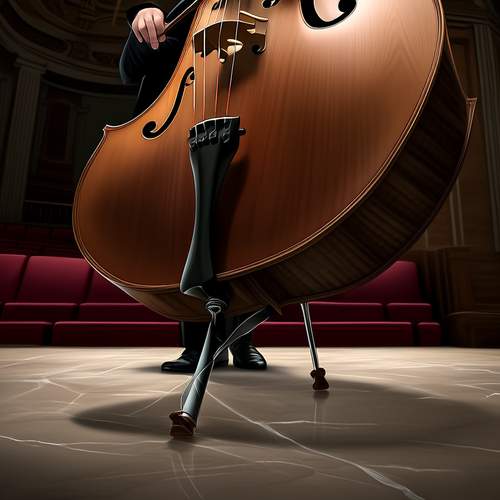
By /May 30, 2025
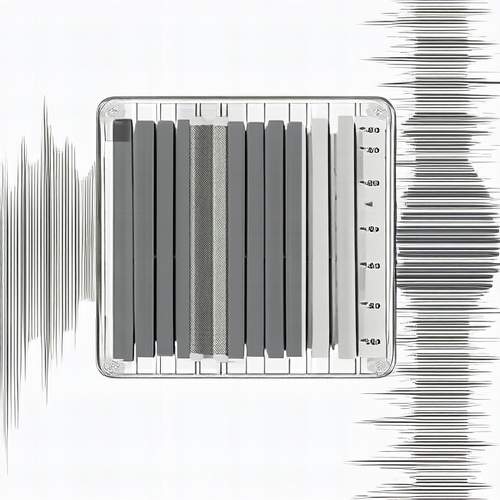
By /May 30, 2025

By /May 30, 2025

By /May 30, 2025

By /May 30, 2025
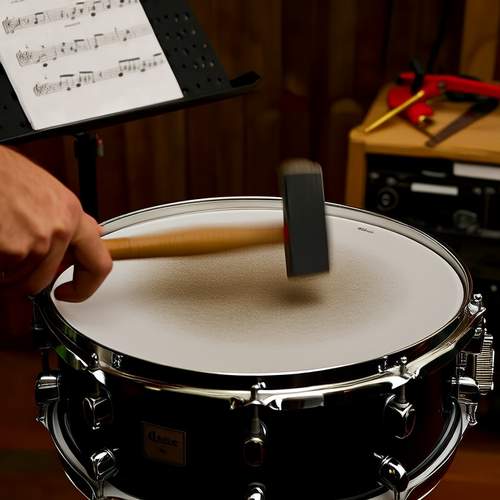
By /May 30, 2025
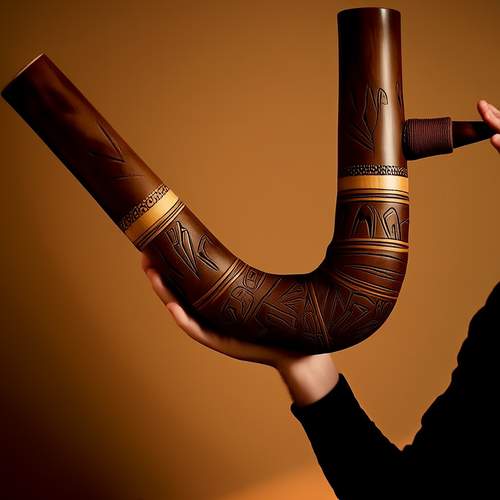
By /May 30, 2025

By /May 30, 2025

By /May 30, 2025

By /May 30, 2025

By /May 30, 2025
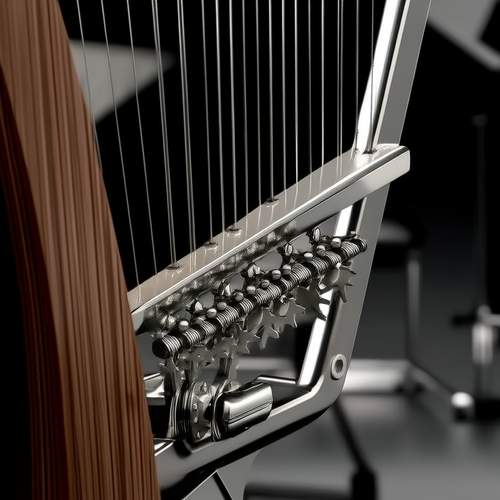
By /May 30, 2025

By /May 30, 2025
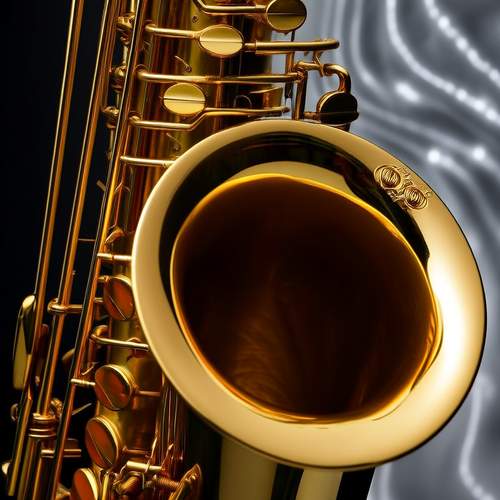
By /May 30, 2025
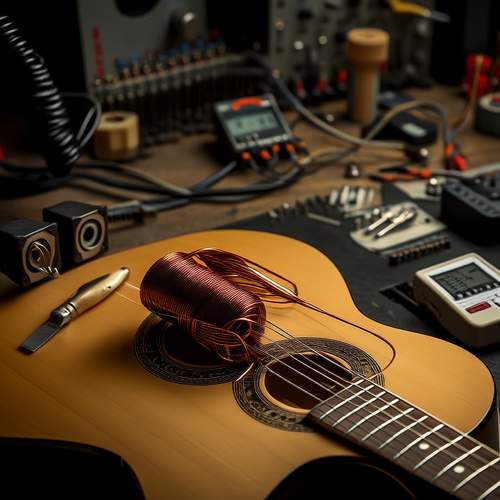
By /May 30, 2025
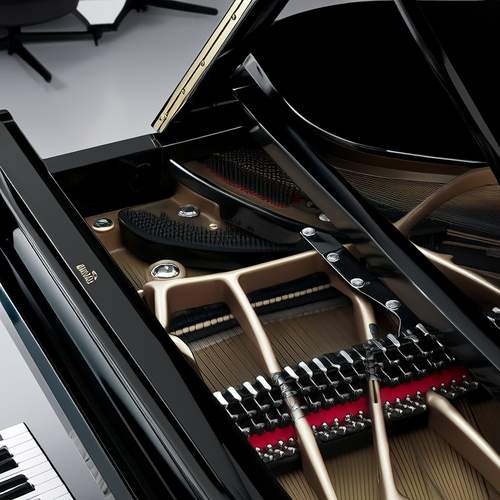
By /May 30, 2025
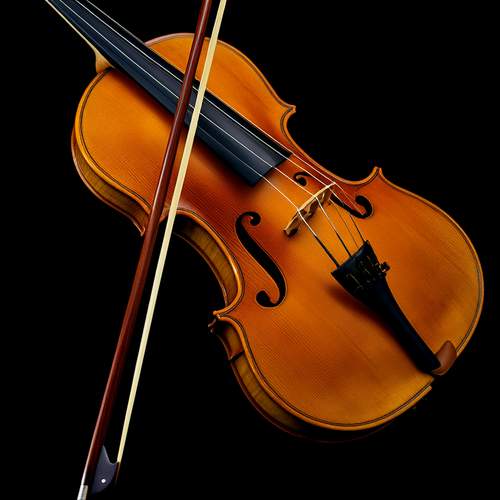
By /May 30, 2025